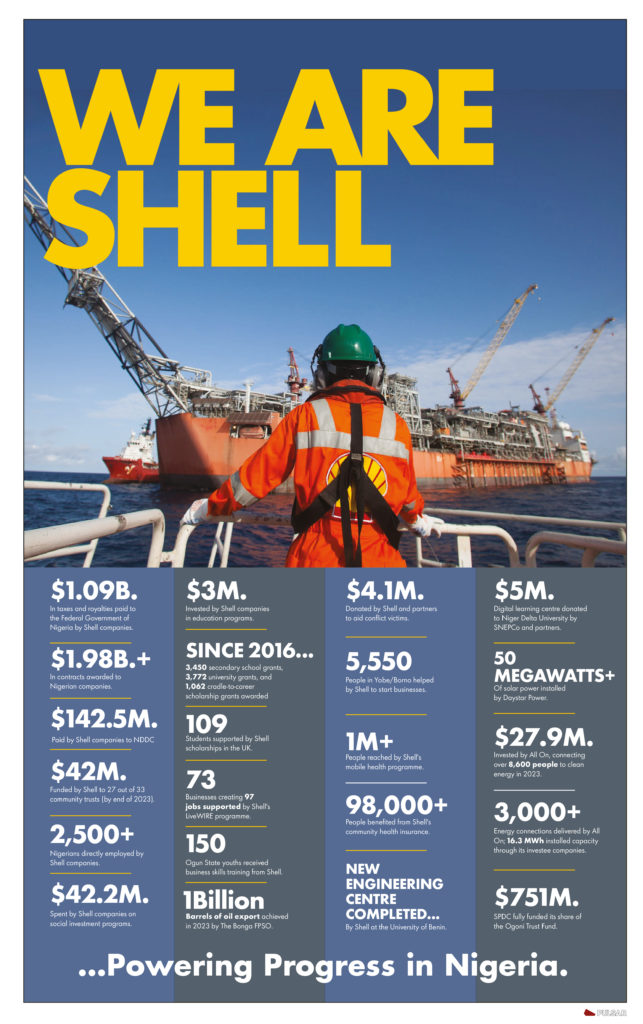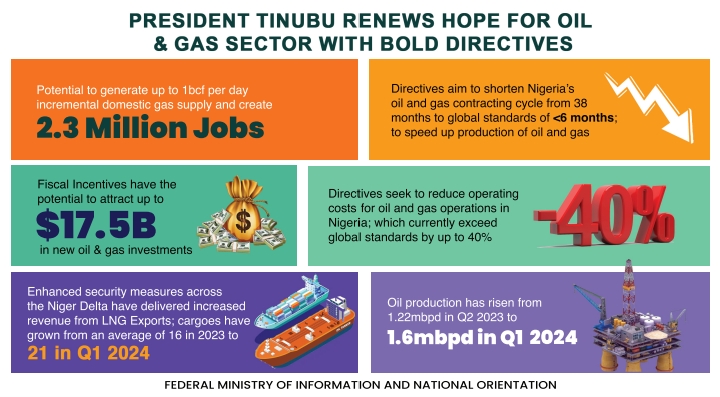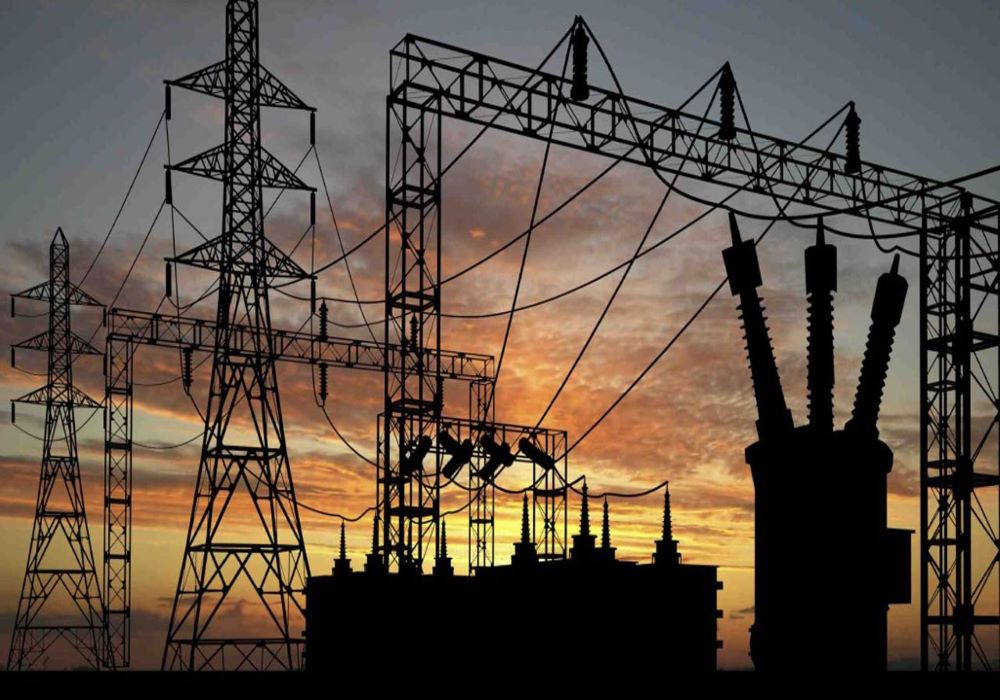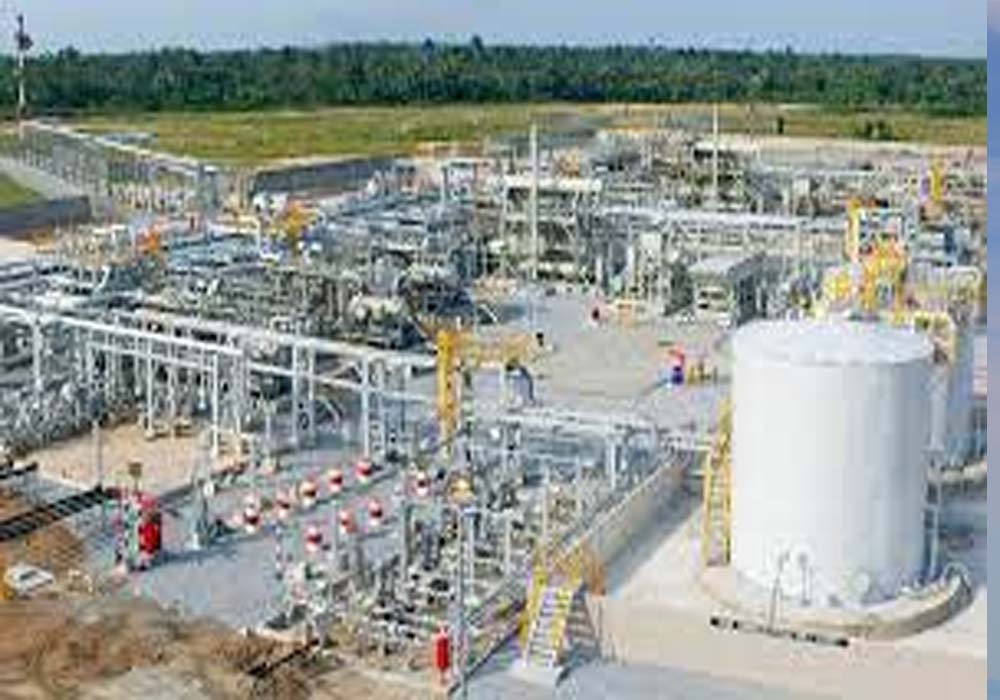Gas
Gas Explosions in Taiwan kills 25

TAIPEI — Deadly explosions caused by a gas leak overnight killed at least 25 people and injured 257 in the southern Taiwanese city of Kaohsiung, according to government officials.
Underground explosions in Taiwan’s second-largest city triggered fires that ripped off manhole covers on roads and cratered large boulevards, local television footage showed. Roads exploded with flames, overturning cars and collapsing houses. Many streets are still littered with rubble and impassible by ambulances.
Economic Minister Chang Chia-juch said Friday that officials are still unable to determine what caused the blast, though an initial investigation indicated the leak could have occurred in an underground pipeline that transports propene, a highly flammable, nearly odorless petrochemical used for polyesters. Kaohsiung is one of Taiwan’s centers of petrochemical production.
In a Friday video conference broadcast on local television, Kaohsiung Mayor Chen Chu asked President Ma Ying-jeou to review the city’s underground petrochemical pipeline system to avoid future accidents.The situation now has been contained, the government’s Emergency Operations Center said, and the fire department had cut the pipeline’s gas supply shortly after the explosions.
The chance of further explosions is “extremely slim at the moment because all gas supply has been turned off,” said Kaohsiung city spokesman Ting Yun-kung.
The center added that 111 of the injured were already discharged from hospitals, while at least two people are still missing. A photojournalist for Apple Daily, a popular Hong Kong newspaper, was injured near an explosion site while covering the incident, the paper said.Some people said tearfully on local TV that their families or friends are likely buried in collapsed houses, though reports are unconfirmed. Four police and firefighters are among the dead, the center said. Earlier it had reported 270 injured.The Kaohsiung government has set up its own emergency center. The Ministry of National Defense said it has deployed more than 1,600 military personnel to assist in the rescue operations.
Mr. Chang didn’t identify the company that operates the pipeline in the area and said the investigation is ongoing. A number of petrochemical companies scrambled Friday to distance from the blast.
The government said the fire department was notified by residents of possible gas leaks at 8:46 p.m. local time Thursday. Residents said that they had smelled gas and seen smoke emerging from drains shortly before the explosion. Officials still aren’t certain what caused the smell. Firefighters were dispatched to the scene immediately to assess the situation, according to a government official.
Multiple blasts began around midnight, affecting an area of two to three square kilometers, or less than two square miles. One video clip posted on YouTube shows what looks like a narrow residential street suddenly exploding down its length.
Local companies have pledged tens of millions of New Taiwan dollars to the rescue operation. Formosa Plastics Group, a Taiwanese conglomerate, said it would donate NT$20 million (US$665,912) while Foxconn Technology Group, a key Apple Inc. supplier also known as Hon Hai Precision Industry Co., pledged NT$10 million. Smartphone maker HTC Corp. 2498.TW +2.64% and its charity foundation together pledged NT$10 million and computer manufacturer Acer Inc., 2353.TW +2.08% NT$2 million, the companies said.
Flags throughout the island are ordered to fly at half-mast for the next three days and condolences have flooded social media, where people are forming volunteer groups to help distribute food and hygiene supplies.
The cause of the explosion and the owner of the leaky pipeline are still unknown. Government-owned refiner CPC Corp. said it doesn’t own the pipeline. LCY Chemical Corp., a petrochemical maker, which local media reported as the owner of the pipeline, also issued a statement that said its pipeline was more than 10 meters from the site of the blast and carried propene, which may not have the smell the residents reported.
The government said it is still too early to determine the cause of the explosion or where the gas leak began because the area is covered with rubble, impeding the research team from thoroughly surveying the grounds and examining the pipes. The complex web of pipes beneath the city makes it difficult to assess the types of pipes damaged and their ownership, the city’s spokesman said.
Local brokerage First Financial Holding Co. said the explosion, the worst of this type in Taiwan’s history, is unlikely to hit the electronics supply chain in the south. Many suppliers are located in the Kaohsiung Software Park, about 2 kilometers away from the blast area. Some may be hit by temporary outage of electricity and water supply, it said.
Explosions and fires, some caused by gas leaks, have hit petrochemical complexes in Taiwan in the past, though most were contained inside the compounds.
The blast is the second deadly disaster in Taiwan in two weeks. Last Wednesday, a TransAsia flight crashed in an outlying Taiwanese island and killed at least 48 aboard.
– WALLSTREET JOURNAL
Gas
Platform Petroleum targets a billion-dollar investment

Announces ambitious expansion plans
Platform Petroleum says the company is targeting a billion-dollar investment as it announces an ambitious strategic plan to bring 3 marginal fields into production by 2025, with a target of 10,000 barrels of oil and at least 50 billion standard cubic feet of gas per day.
Speaking on the sidelines of the 2024 Offshore Technology Conference (OTC) in Houston, USA, Chief Dumo Lulu-Briggs, Chairman of Platform Petroleum said that the company has scheduled a roadshow in London this June 2024 to raise extra funding to finance their ambitious expansion plans.
“The upcoming roadshow aims to attract equity partners and prepare for future opportunities, targeting a billion-dollar investment. We are seeking partners ready to invest in Nigeria’s oil and gas potential.
Our goal is to showcase the country’s vast opportunities and its potential to international investors” Lulu-Briggs said.
Platform Petroleum’s roadshow in London will highlight the company’s efficient production, upgraded flow stations, increased capacity, and achievements in nearly zero emissions.
With about one percent gas flare currently, Platform aims for zero gas flares by the last quarter.
“Nigeria is a vast market, and Platform Petroleum is thinking big. With the government’s ambitious plans, such as the Lagos-Calabar coastal line, Platform is poised for growth; pushing itself to the next level, building on a strong foundation and following Seplat’s successful precedent”, Lulu-Briggs said.
Despite being a small company, he emphasized that Platform Petroleum has demonstrated significant success and efficiency, showcasing that smaller oil and gas entities can indeed achieve remarkable feats adding that he believes that the company deserves recognition and more assets.
“Platform Petroleum is ambitious, aspiring to become a tier-1 company akin to international oil companies (IOCs) or a tier-2 company like Seplat. Interestingly, Seplat originated from Maurel & Prom, Shebah Petroleum, and Platform Petroleum, and today stands as a major player in the industry.
This history underlines Platform’s potential for substantial growth”, Lulu-Briggs said.
Furthermore, the Platform Petroleum Chairman said that the Offshore Technology Conference (OTC) is a crucial event for promoting Nigeria’s significant market potential.
“Partnering with the Petroleum Technology Association of Nigeria (PETAN) at OTC is key to attracting investment. The current proactive government understands the necessity for economic growth, and Platform is prepared to leverage every opportunity in the oil and gas industry to contribute to this expansion”, he concluded.
Breaking News
NNPC JV Unveils New Crude Oil Grade ‘Nembe’, Commences Exports With 1,900 Barrels
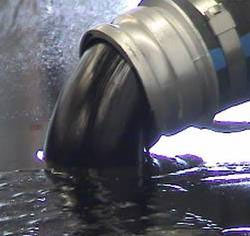
Precious ADELOLA
The NNPC/Aiteo Joint venture has announced the introduction of Nembe Crude Oil Grade, a new crude oil grade into the international crude oil market.
The announcement of the Nembe Crude Oil Blend, produced by Aiteo, the Operator of the NNPC/Aiteo Oil Mining Lease (OML) 29 Joint Venture (JV), was made at the ongoing Argus European Crude Conference in London, on Tuesday.
OML 29, an asset located onshore Nigeria, is operated by Aiteo Eastern Exploration & Production Ltd, Africa’s leading indigenous hydrocarbon producer, following a historic acquisition from Shell in 2014.
The Nembe Crude was previously blended with the popular Bonny Light grade and exported via the Bonny Oil & Gas Terminal.
The unique selling point of the Nembe Crude Oil grade with an API gravity was highlighted by both the Aiteo E & P and NNPC Limited Leadership at the Argus Conference in London.
The Nembe Crude Oil grade also has a low sulphur content and low carbon footprint due to flare gas elimination, fitting perfectly into the required spec of major buyers in Europe.
Two cargoes of 950,000 barrels each of the Nembe Crude Oil grade have since been exported to France and the Netherlands. With its attractive Assay of API 29 and low sulphur content, the Nembe Crude Oil grade commands a premium to the global Brent benchmark.
With the NNPC-Aiteo OML 29 JV back on-stream, Nigeria now boasts of an additional crude oil export of 2 Cargoes at 950,000 barrels each per month and 1.2 Bcf of export gas monthly.
This remarkable achievement signals the commencement of activities at Nigeria’s newest crude oil terminal, the Nembe Crude Oil Export Terminal (NCOET), which was licensed in line with the extant laws and Crude Oil Terminal establishment regulations.
The terminal was conceived as a Floating Storage and Offloading Vessel (FSO) with a storage capacity of two (2) Million Barrels and the ability to offload crude oil to any export tanker from AFRAMAX to Very Large Crude Carriers (VLCC).
It has a loading capacity of 25,000 barrels per hour and will be exporting over 3.6 million barrels of Crude oil monthly at full scale of operation.
Currently, hydrocarbon production from OML 29, which was hitherto constrained due to evacuation challenges owing to the security issues around the Nembe Creek Trunk Line (NCTL) corridor, has now been resolved through a collaborative and creative approach that led to the innovation of the Alternative Crude Oil Evacuation Solution.
The Argus European Crude Conference 2023 in London is a gathering of energy majors, refiners, NOCs, traders, financial institutions, and other representatives from across the global oil markets. The event also provides a critical opportunity for business leaders to connect, discuss, share and learn from one another.
Business
NNPCL, NCDMB, Oil Majors Agree Improved Efficiencies
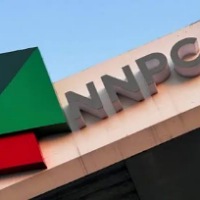
Modupe Asudo
Major players in the oil and gas sector in Nigeria led by the Nigerian National Petroleum Company Limited (NNPCL) have covenanted to optimise operations by reducing contracting cycle to not more than 180 days.
A statement issued by the company disclosed that the Memorandum of Understanding (MoU) to this effect was endorced on Monday in Abuja at the company’s head office.
Other parties to the the contract include, the Nigerian Content Development and Monitoring Board, (NCDMB) and international oil companies.
Biztellers reports that an optimised contracting cycle was expected to improve the ease of doing business, reduce cost and drive efficiency, which would eventually translate to production growth, increased revenues, and ultimately improved profitability.
In addition, the MoU was expected to contribute significantly to the double-digit economic growth rate agenda of the Federal Government and generate value for all stakeholders, including investors, companies, host communities and Nigeria.
Notable elements in the framework of the MoU, going by the statement, included a reduction of the contracting cycle for open competitive tender, selective tender, and single sourcing tender to 180, 178, and 128 working days respectively.
This was in contrast with the current best effort performance of 327, 333, and 185 working days respectively.
According to Group Chief Executive Officer, NNPCL, Mele Kyari, signing the agreement portends exciting times for Nigeria’s oil and gas industry, in addition to standing as a bold testimony that the company was plunging into the future of hope, productivity and success.
Kyari, represented at the occasion by Executive Vice President, Upstream, NNPCL, Oritsemeyiwa Eyesan, pointed out that with oil and gas as the bedrock of Nigeria’s economy, there was need to get the contracting process in the Industry right so as to get the economy back on track.
In his remarks, Executive Secretary, NCDMB, Simbi Wabote, described the MoU as a way forward and a critical step towards enhancing the nation’s crude oil production.



